January is always such a great time of year. We start the month well-rested, the pressures of the holidays are over, and we get a chance to look at the New Year with fresh eyes and new perspective. Maybe that’s why so many great environmental books are scheduled for publication this month — they provide a perfect primer for change and opportunity.
Here are our picks of the best new eco-books coming out in January 2018, covering topics ranging from climate change and sustainability to gorillas and Godzilla (yes, really). As usual we tried to pick books for inspired activists, interested kids and hard-working professionals — or anyone with a holiday gift card burning a hole in their pocket.
This month’s most challenging tome: a look at the radically different ideas proposed by twentieth-century scientists Norman Borlaug and William Vogt. Borlaug, founder of the so-called “Green Revolution,” set out to feed the world. Vogt, who advocated for reducing the human population, called for us to dramatically cut back on our consumption. How will their ideas fare in a world poised to soon contain 10 billion people? (Knopf, Jan. 23, $28.95)
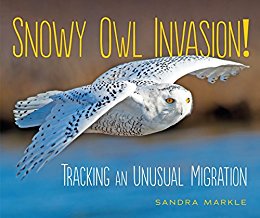 Snowy Owl Invasion! Tracking an Unusual Migration by Sandra Markle
Snowy Owl Invasion! Tracking an Unusual Migration by Sandra Markle
Here’s a fun one for kids that I’m actually looking forward to reading myself. Why did snowy owls start leaving the Arctic in 2013 to arrive in far-flung places like southern Florida? This beautifully illustrated science book for students digs into the reasons behind this rare phenomenon. (Millbrook Press, Jan. 1, $31.99 print/$6.99 digital)
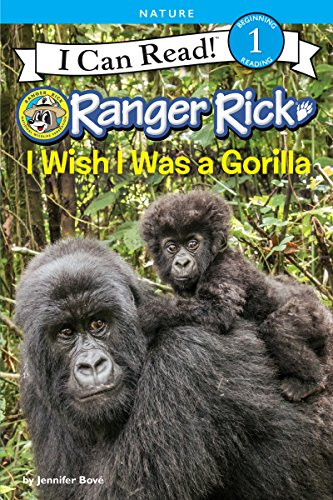 Ranger Rick: I Wish I Was a Gorilla by Jennifer Bové
Ranger Rick: I Wish I Was a Gorilla by Jennifer Bové
Boy, would I have loved this book when I was just starting to read. Gorillas were probably the earliest thing that drew me into caring about animals and the environment. If you’ve got a nature-loving wee one, check this out. (HarperCollins, Jan. 2, $16.99 print/$4.99 digital)
Is it time to retire the word “sustainability”? The authors argue that we should replace it with a better word: “resilience.” Will their ideas prove to be resilient? Read the book to find out. (University of Kansas Press, Jan. 5, $29.95)
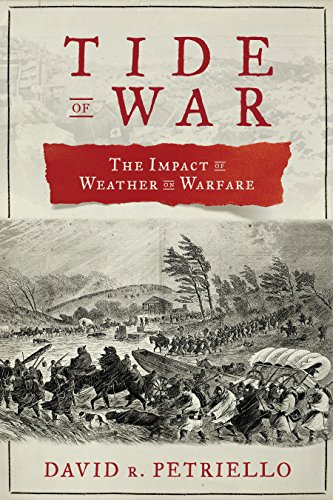 Tide of War: The Impact of Weather on Warfare by David R. Petriello
Tide of War: The Impact of Weather on Warfare by David R. Petriello
In a world where climate change is sometimes making things a little…tense…around the world, perhaps it’s time to take a look back at history to see how past weather events have influenced conflict. From massive rainstorms to the outbreak of disease to the appearance of Halley’s Comet, Petriello digs into the past to reveal what might happen in the future. (Skyhorse Publishing, Jan. 16, $24.99)
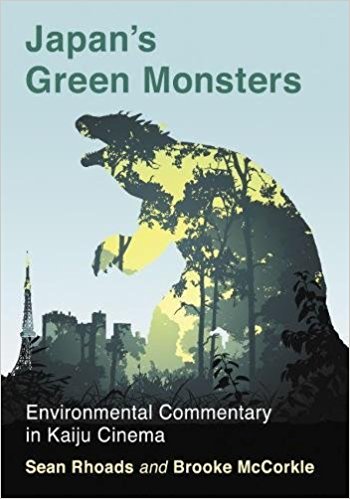 Japan’s Green Monsters: Environmental Commentary in Kaiju Cinema by Sean Rhoads and Brooke McCorkle
Japan’s Green Monsters: Environmental Commentary in Kaiju Cinema by Sean Rhoads and Brooke McCorkle
Godzilla is more than just a big green monster that breathes radioactive fire. Godzilla, Mothra, Gamera and other Japanese movie creatures (collectively known as kaiju) are also environmental metaphors for topics such as extinction, pollution, nuclear power and climate change. This academic text explores the deeper meaning behind the big green guy and his rubbery ilk. (McFarland, Jan. 29, $37.95)
Well, that’s it for our list this month. Happy reading — and feel free to share your own recent recommendations in the comments.

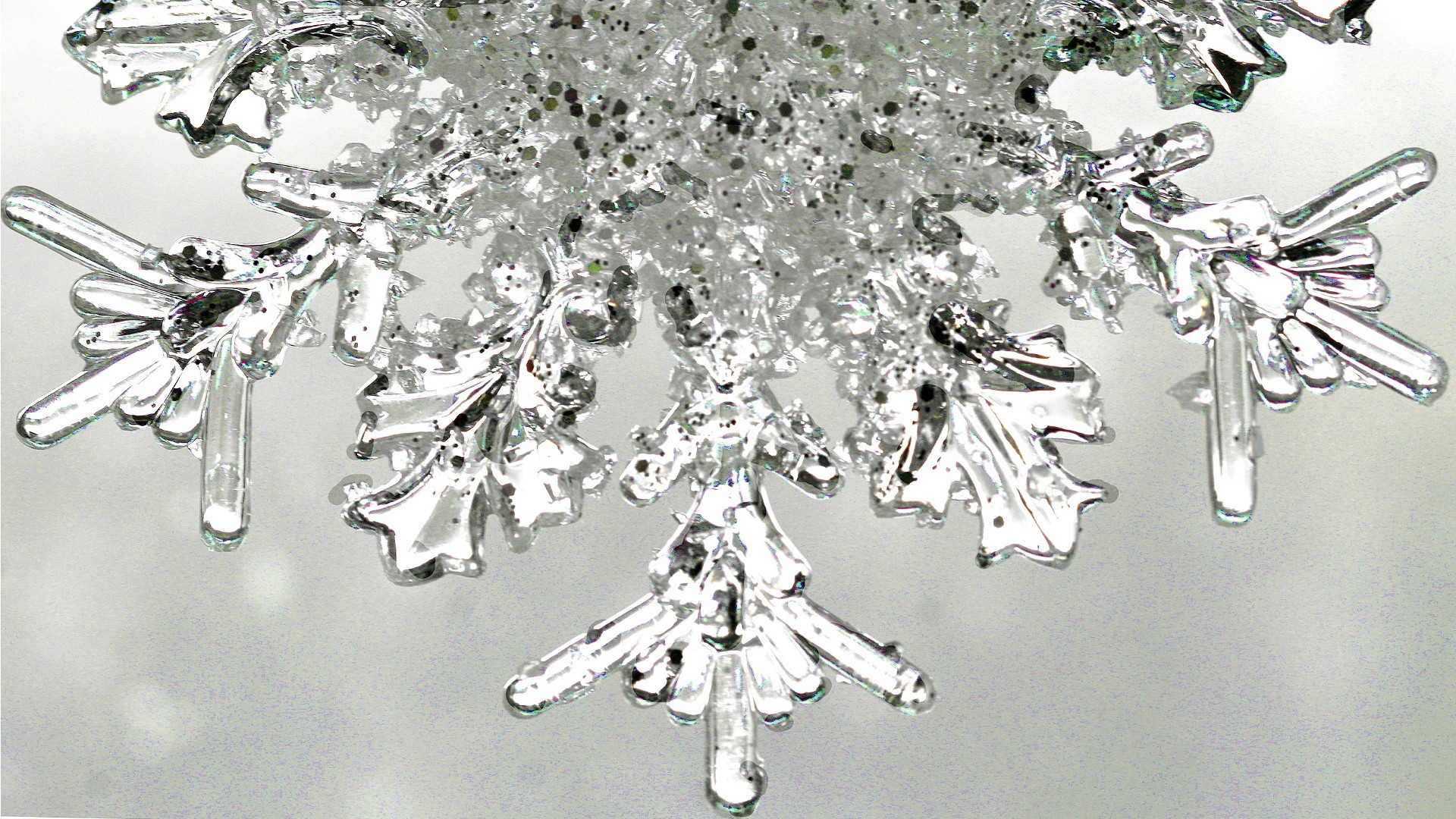
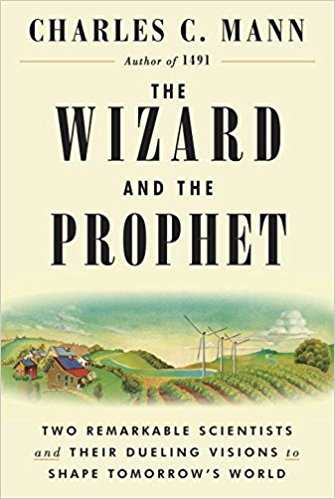 The Wizard and the Prophet: Two Remarkable Scientists and Their Dueling Visions to Shape Tomorrow’s World by Charles C. Mann
The Wizard and the Prophet: Two Remarkable Scientists and Their Dueling Visions to Shape Tomorrow’s World by Charles C. Mann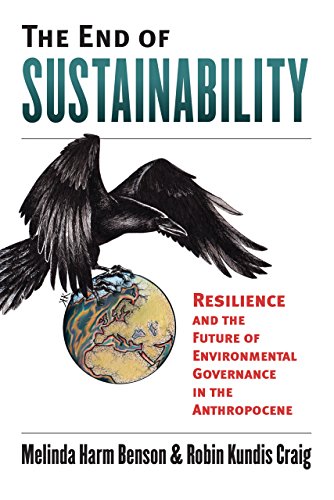 The End of Sustainability: Resilience and the Future of Environmental Governance in the Anthropocene by Melinda Harm Benson and Robin Kundis Craig
The End of Sustainability: Resilience and the Future of Environmental Governance in the Anthropocene by Melinda Harm Benson and Robin Kundis Craig